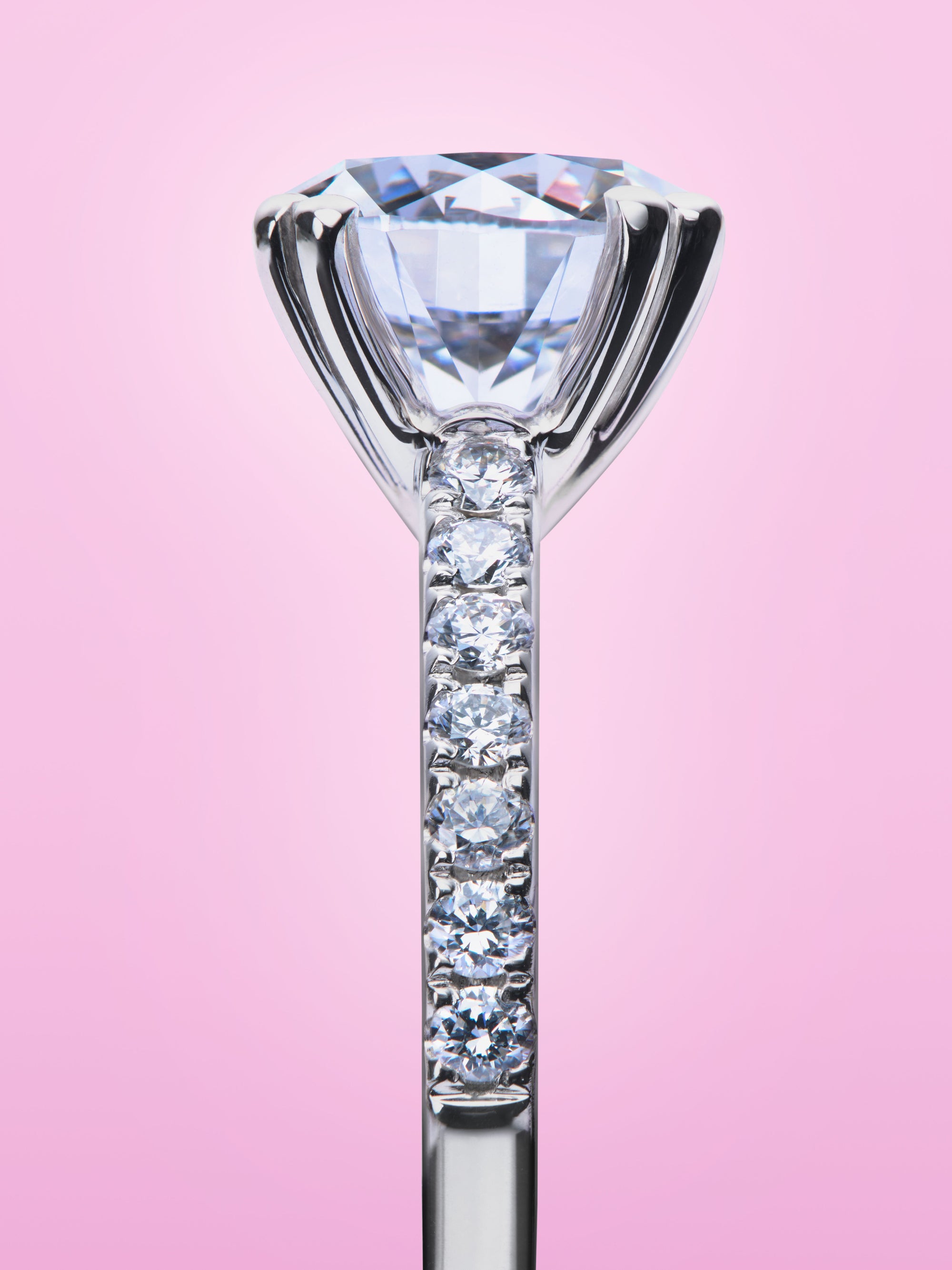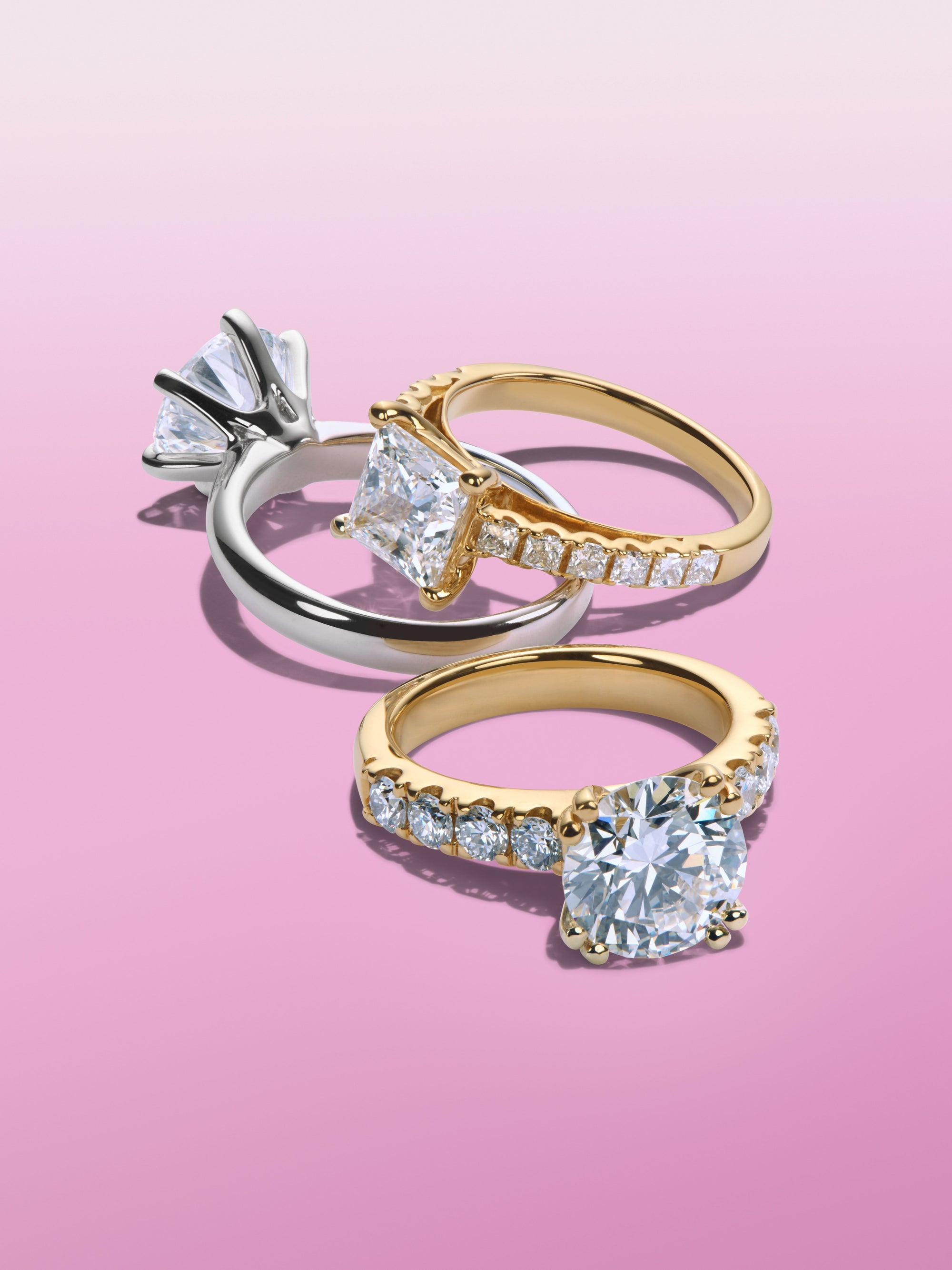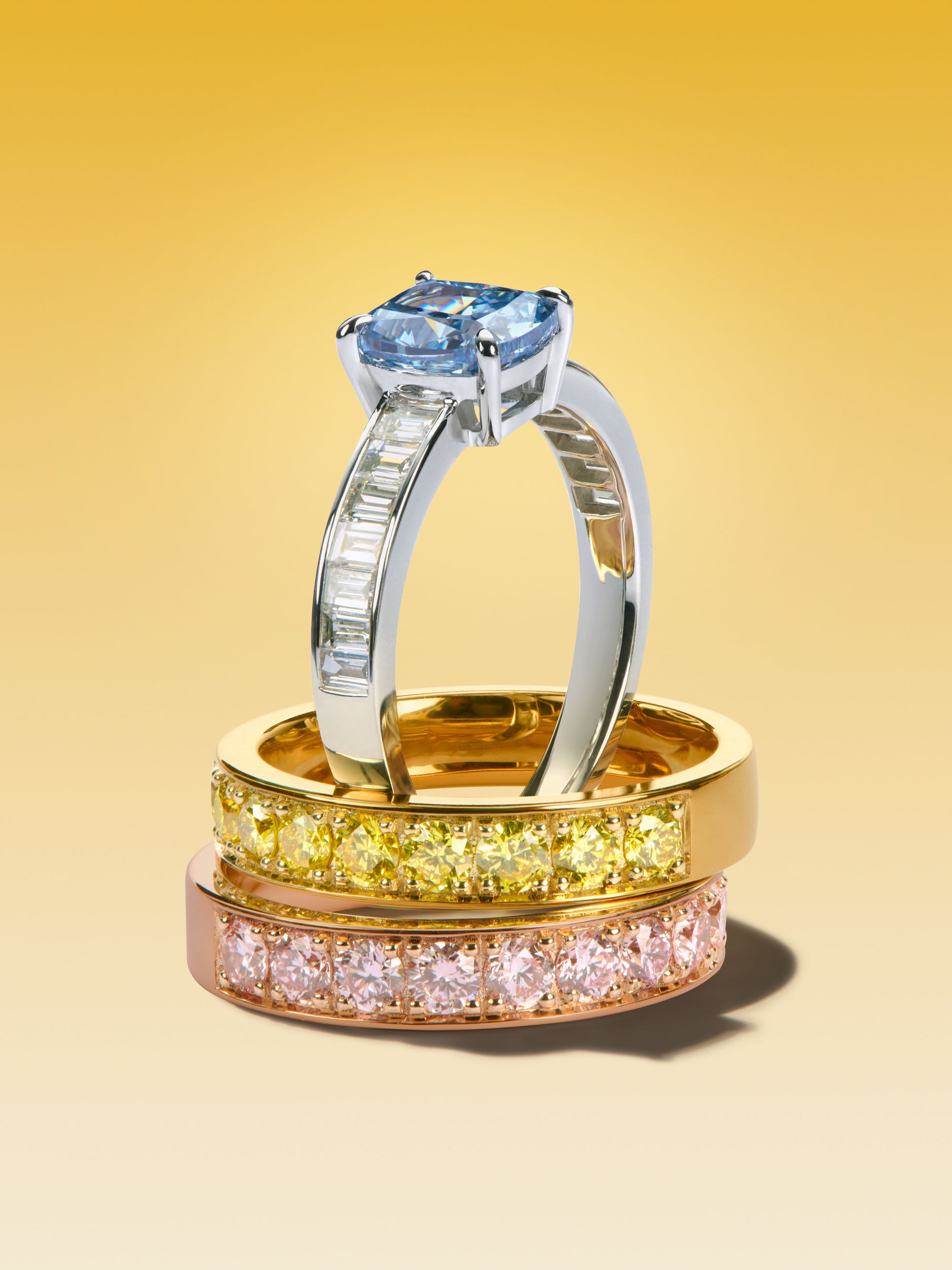Diamonds have always held a special allure. From their discovery in ancient India to their modern status as the ultimate symbol of love and luxury, diamonds have fascinated humanity for millennia. Whether as symbols of power, beauty, or eternal love, diamond jewellery has played a central role in cultures throughout history. In this article, we’ll take you on a journey through the rich history of diamond jewellery, exploring the key moments that have shaped its design and status today.
The Ancient Beginnings of Diamonds
The story of diamonds begins in ancient India, where diamonds were first discovered around 4th century BC. These early diamonds were not used for jewellery, but rather as talismans and symbols of power. Ancient Hindus believed that diamonds were created by lightning striking rocks and saw them as spiritually powerful stones. These early diamonds were often worn as amulets to protect against harm and were reserved for royalty and high priests.
Diamonds’ natural brilliance and hardness made them objects of fascination, and they were soon traded along the Silk Road to reach other civilizations. For centuries, India remained the world’s only source of diamonds until they were later discovered in Brazil and South Africa.
- Britta Dietsche’s Tip: The ancient allure of diamonds continues to inspire Britta Dietsche’s designs, which combine the timeless elegance of these stones with a modern twist, offering jewellery that echoes the power and prestige of diamonds throughout history.
Diamonds in Europe: Symbols of Power and Wealth
By the Middle Ages, diamonds had made their way into Europe, where they quickly became a status symbol for royalty and the elite. Diamonds were believed to carry mystical properties, and European kings often wore them to protect themselves from harm.
One of the most famous moments in diamond history occurred in 1477, when Archduke Maximilian of Austria gave Mary of Burgundy a diamond engagement ring, marking the first recorded use of a diamond ring in a marriage proposal. This set the stage for the diamond engagement ring tradition that continues to this day.
During the Renaissance, diamond cutting techniques improved, allowing the stones to be cut into shapes that reflected light more effectively. This made diamonds even more desirable, as their sparkle and brilliance became synonymous with wealth and prestige.
- Britta Dietsche’s Tip: The legacy of diamonds as symbols of love and luxury continues with Britta Dietsche’s exquisite collection of engagement rings True Emotions, showcasing the brilliance of expertly cut diamonds that capture the timeless beauty of the Renaissance era.
The Victorian Era: A New Era of Diamond Jewelry
The Victorian era (1837-1901) saw a major transformation in diamond jewellery design. As the Industrial Revolution brought newfound wealth to the middle class, diamonds became more accessible. The discovery of diamonds in South Africa in 1866 brought a flood of diamonds into the market, and their use in jewellery became widespread.
Victorian jewellery was characterized by intricate, romantic designs featuring natural motifs such as flowers, leaves, and hearts. Diamonds were often combined with colored gemstones like emeralds and sapphires to create beautiful and elaborate pieces that symbolized the wearer’s wealth and status. It was during this time that De Beers established itself as a major player in the diamond industry, beginning its rise to dominance.
- Britta Dietsche’s Tip: At Britta Dietsche, we carry on the legacy of Victorian elegance with diamond jewellery that combines traditional craftsmanship with modern luxury. Our collections feature timeless pieces that are perfect for celebrating life’s most important moments.
The 20th Century: The Diamond Boom
The early 20th century was marked by the Art Deco movement, which embraced geometric designs, bold lines, and vibrant colors. Diamonds took center stage in Art Deco jewellery, with jewellers creating eye-catching designs that captured the glitz and glamour of the Roaring Twenties. As society moved into the 1930s and 1940s, diamonds became the ultimate symbol of romance and enduring love, solidified by De Beers' 1947 slogan, "A Diamond is Forever." This marketing campaign transformed the diamond engagement ring into a cultural norm that persists to this day.
The Tiffany six-prong engagement ring, introduced in 1886, also revolutionized how diamonds were displayed in rings. By elevating the diamond above the band, this design allowed the stone to capture and reflect more light, increasing its brilliance and making it the focus of the entire piece. This approach to setting diamonds became a timeless standard for engagement rings.
- Britta Dietsche’s Tip: Our engagement rings reflect the legacy of Tiffany’s six-prong design, with a modern twist that enhances the brilliance of each stone. Whether you choose a solitaire or a more intricate design, our rings are crafted to let the diamond shine and capture attention.
Modern Day: The Symbol of Love and Sustainability
Today, diamonds remain the ultimate symbol of love, but the modern consumer is increasingly concerned with the sustainability and ethics of diamond sourcing. The rise of lab-grown diamonds has revolutionized the diamond industry by offering an eco-friendly and conflict-free alternative to mined diamonds. These lab-grown diamonds are chemically and physically identical to mined diamonds, providing the same level of brilliance without the environmental impact.
Britta Dietsche proudly offers lab-grown diamond collections that maintain the beauty and timeless elegance of diamonds while aligning with modern values of sustainability and responsibility. Whether you’re choosing an engagement ring or a statement piece, lab-grown diamonds ensure that your jewellery reflects both luxury and ethics.
- Britta Dietsche’s Tip: For the modern woman, our lab-grown diamonds offer all the sparkle and brilliance of traditional diamonds, without the environmental or ethical concerns. By choosing Britta Dietsche, you are investing in the future of jewellery — combining timeless elegance with modern responsibility.
Conclusion: Diamonds, A Journey Through Time
From the courts of ancient India to the lavish elegance of Victorian England and the modern-day emphasis on sustainability, diamonds have remained a timeless classic. Whether used as symbols of love, wealth, or power, diamonds have never lost their allure. Today, Britta Dietsche continues this legacy by offering timeless designs that celebrate the beauty, history, and enduring brilliance of diamonds, all while embracing the values of the modern world.


